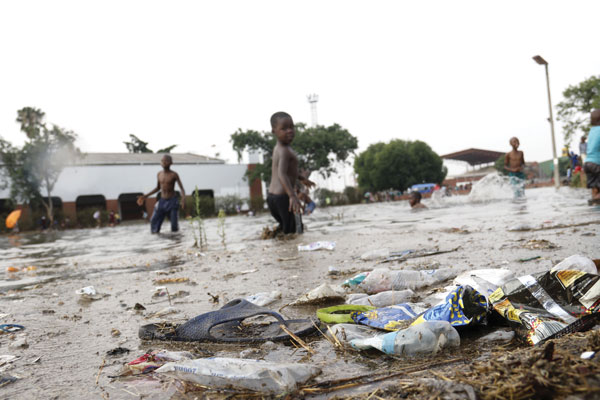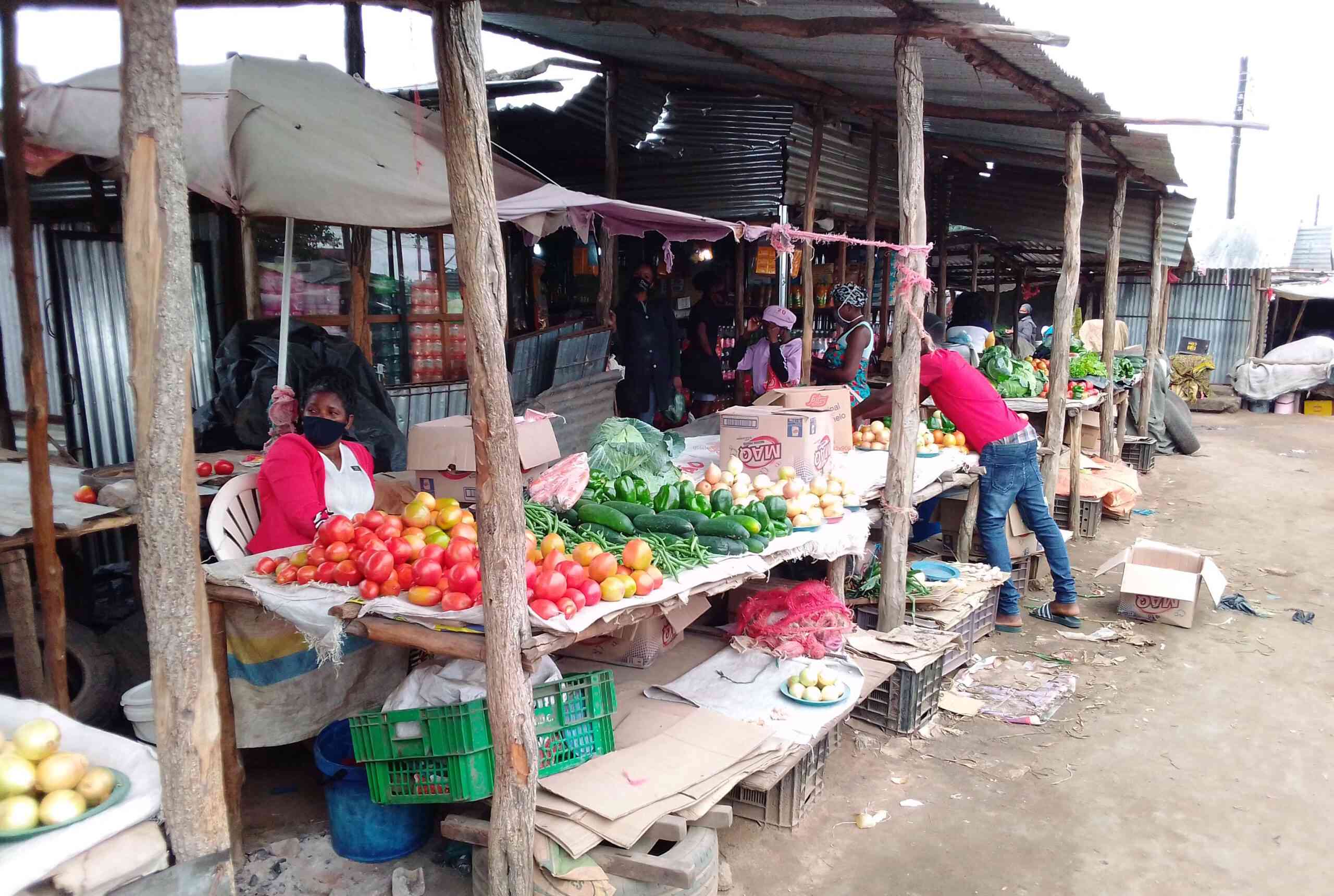
Africa is urbanising at a historically rapid rate, bringing about considerable opportunities and challenges. Africa’s urbanisation can allow for structural transformation, if accompanied by productive employment and sufficient public goods.
BY KUDZAI GOREMUSANDU

Urbanisation patterns are diverse across Africa, but they generally confirm that unplanned urbanisation can challenge structural transformation.
Current urbanisation patterns should be more sustainable for economic, social and environmental development.
In many African countries, a large portion of the urban labour force remains trapped in low-productivity informal services activities and access to public goods is unequal. Urban activities are increasingly connected with rural areas, which remain a pillar of African economies.
Despite Africa’s slow industrialisation, the costs of environmental degradation are huge and increasing, adding to the economic and social challenges of urbanisation.
Specifically, policies must ensure that infrastructure keeps up with rapid urban growth and connects urban centres and must actively promote urban planning and governance.
Agenda 2063 and the Sustainable Development Goal 11 on cities provide new impetus for fulfilling Africa’s urbanisation potential. The African continent is urbanising fast.
- Chamisa under fire over US$120K donation
- Mavhunga puts DeMbare into Chibuku quarterfinals
- Pension funds bet on Cabora Bassa oilfields
- Councils defy govt fire tender directive
Keep Reading
The share of urban residents has increased from 14% in 1950 to 40% today. By the mid-2030s, 50% of Africans are expected to become urban dwellers.
As in Asia, Africa is urbanising twice as fast as Europe did. It took Europe 110 years to move from 15% urban in 1800, to 40% in 1910. Africa has achieved the same transformation in almost half the time — 60 years.
Africa’s urbanisation is estimated to have gained 5,9 percentage points between 2000 and 2015, second only to Asia, which gained 10,7 percentage points during the same period.
In 2015, almost 472 million Africans lived in urban areas. Rapid urbanisation, with slow structural transformation, creates a significant obstacle to achieving the development objectives set by Agenda 2063 and the Sustainable Development Goals.
While African urbanisation patterns are diverse, up to now, a few may be deemed sustainable economically, socially or environmentally, as confirmed by the Africa Economic Outlook 2016 experts’ survey.
Without productive jobs in rural areas, most economies have seen labour move from agriculture into urban, low-skilled and informal service activities. Access to public goods remains highly unequal even within urban areas, often putting the social fabric at risk.
African cities are facing an unprecedented combination of developmental challenges, together with rising environmental risks such as unsafe sanitation, climate change and air pollution.
As it urbanises, the African continent faces a conjunction of important environmental and developmental challenges, which other regions have not faced simultaneously with such magnitude.
These include the fast-rising impact of air pollution on the health and economy of African people, as well as the multiple consequences of global climate change affecting urban areas.
The costs of air pollution are abnormally high; urbanising Africa faces multiple environmental and developmental issues. Unlike regions that urbanised earlier, Africa must deal with them simultaneously.
Environmental risks — air pollution, unsafe water and unsafe sanitation — require attention. In 2013, ambient particulate matter pollution (APMP) caused at least 246 000 premature deaths. Deaths from household air pollution (HAP) have risen, with indoor air pollution being the number one cause of respiratory illness among women and children in African informal settlements (UN-Habitat, 2008).
By contrast, deaths from other long-standing environmental risk factors such as unsafe water and unsafe sanitation have fallen steadily.
Although African countries contribute less than 4% to global gas emissions, climate change imposes increasingly high costs on the continent (FAO, 2008).
Average temperatures in Africa are predicted to increase 1.5-3°C by 2050, magnifying the impacts of climate change that can already be witnessed (UNEP, 2007).
Should climate change continue unmitigated, the sole effect of rising temperatures could lead most African countries to be poorer in 2100 than today (Burke, Hsiang and Miguel, 2015). Strong urban demographic growth inevitably magnifies environmental pressures on urban ecosystems.
The poorest households, which are highly dependent on natural resources, are the most affected by environmental degradation. Gender blind infrastructure also contributes to urban dysfunctions by exacerbating inequalities existing between women and men.
Women are worst affected by urban infrastructures unsuitable to their needs. Longer distances from the closest water source contribute to women’s time poverty: on average, women in sub-Saharan Africa travel over six kilometres every day for clean water, and women and girls are responsible for 71% of water collection in the region (UN et al, 2010).
In Addis Ababa, exposure to violence and sexual harassment in public places influences women’s employment choices (ActionAid, 2011). Gender blind infrastructure also affects girls’ education opportunities and the unequal time women spend on unpaid care activities.
Africa’s fast pace of urbanisation requires massive investment in infrastructure.
In order to accommodate African urbanites, governments and the private sector will have to invest twice as much by 2050 as they have since the years of independence.
Investments in urban infrastructure have strong lock-in effects and can determine city growth half a century after they have been made.
Kudzai Goremusandu is a strategic and innovate business consultant. He offers consultancy services to local and international investors. He has authored a business book entitled Leadershipreneur. Feedback: [email protected].











